2023 enters its final month. The Ministry of Commerce has positioned this year as a "consumption boosting year", taking multiple measures to restore and expand consumption. Multiple sources of data show that the consumer market is recovering in an orderly manner, with new consumer products in multiple categories emerging one after another. Data shows that in the first three quarters of this year, the retail sales of 43 major categories in the Chinese home appliance market increased by 6.7% year-on-year, and it is expected that the annual retail sales will increase by 6.3% year-on-year. Among them, the household appliance category has gradually become the second growth curve of the home appliance market.
The upgrade and replacement of black and white electricity consumption has become mainstream
Recently, consulting firm GfK released monitoring data on the Chinese home appliance market, showing that in the first three quarters of 2023, 43 major categories of the Chinese home appliance market achieved a total retail sales of 652 billion yuan, an increase of 6.7% compared to the same period last year. It is expected that the retail sales of household appliances in China will reach 880 billion yuan throughout 2023, a year-on-year increase of 6.3%, which is at a relatively high level in the past five years of statistics.
Although it will take time for consumer confidence to recover, based on the sales situation in September and October, home appliance retail has returned to the growth curve.
Among them, black and white electricity with strong stock market attributes have achieved good growth this year, and the backlog of rigid consumer demand has been rapidly released. From the performance of the segmented market in the first three quarters, the upgrading and replacement of black and white televisions has become mainstream consumption. High end household appliances such as color televisions with a size of 75 inches or more, windless, and multi door refrigerators with a capacity of 2 horsepower or more, as well as partition washing machines, are driving consumption growth and leading the market towards further high-end consumption; Dishwashers, as representative appliances that liberate hands, have also quickly entered the shopping list of more and more consumers with consumer upgrades. The year-on-year growth rate of sales in the first three quarters has reached 10%; Constrained by the inactive real estate market, range hoods, gas stoves, micro steam ovens, and integrated appliances are still in a low period due to their strong correlation with decoration.
Transfer of consumption hotspots in household appliances
In 2023, as social life returns to normalcy, social scenes return, and home scenes significantly decrease, the demand for cooking appliances and environmental home appliances also decreases significantly. The data shows that the cumulative retail sales and retail volume of cooking appliances in the first nine months have both experienced a double-digit year-on-year decline.
At the same time, driven by the increasing social demand, the market size of personal care and ironing categories has also significantly increased. Personal care categories have performed particularly well, with cumulative retail sales and sales in the first nine months increasing by 25.2% and 16.7% year-on-year, respectively.
Against the backdrop of a decrease in home scenarios, the cumulative retail sales of cleaning appliances, which have grown into the largest sector of household appliances, still maintained a year-on-year growth of 8% in the first nine months.
According to data from the first three quarters, hair care products and electric shavers have achieved high growth due to social demand, with sales increasing by 30.6% and 19.5% year-on-year; In the future, with the continued enhancement of Yueji's consumption concept, the personal care sector still has a clear upward trend. Ironing products have achieved good growth driven by portable products.
It is worth noting that during the three-year period of the epidemic, the air fryer, which was driven by the home economy and saw a significant increase in sales, experienced a cliff like shrinkage in its market size this year, with sales declining by 49% year-on-year.
Social e-commerce changes the competitive landscape of online markets
In the past three years, social networking and hot water apps (Tiktok, Kwai, etc.) have poured into the e-commerce track, making the online and offline channel battle tilt online again.
Taking the recently popular floor scrubber as an example, data shows that the cumulative sales of social e-commerce in the first nine months of this year reached 3.4 billion yuan, a year-on-year increase of 94%. In the entire online channel, the proportion of social e-commerce has reached 41%. Although the sales of products such as televisions and refrigerators in social e-commerce channels are currently less than 5% of the overall online market, their year-on-year growth rates have reached triple digits, indicating significant growth potential.
However, although the entertainment attributes of social e-commerce can bring it large-scale traffic, thereby achieving a large number of purchasing opportunities, the high return rate brought about by impulse shopping has also become a pain point in the social e-commerce market; In addition, the high cost of attracting traffic and the high sales share of top anchors have also led to a decrease in corporate profits.
Price war is not an effective measure to stimulate consumption
From the data performance of the first three quarters, GfK believes that the current consumer sentiment in the Chinese market still leans towards conservatism. Price wars do not achieve the goal of stimulating consumption, but rather offset each other's profits. Although low prices after full competition are indeed more beneficial to the people, excessive attention to price competition will lead to sales focusing on a few top sellers, and at the same time, it will bring unfavorable factors such as high drainage costs for enterprises, decreased profitability of channels themselves, and decreased consumer shopping experience, which will have a negative impact on boosting consumption.
In recent years, the small home appliance sector has been performing well. Compared with the widely entered stock market, the innovation and iteration of the cleaning and personal care categories of small home appliances are faster, and there are frequent incremental opportunities. It has always been considered a high-quality track for growth. To increase the sales of household appliances and build a second growth curve, enterprises can also shift their focus from large-scale household appliances to sustainable growth potential categories such as cleaning appliances and personal care appliances.



 English
English 中文简体
中文简体

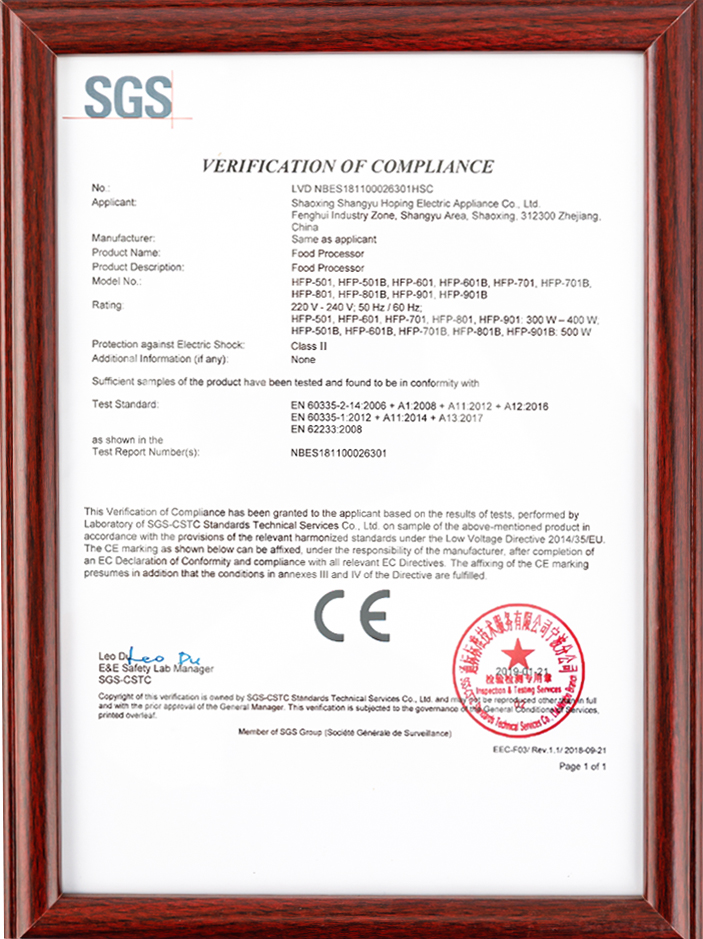
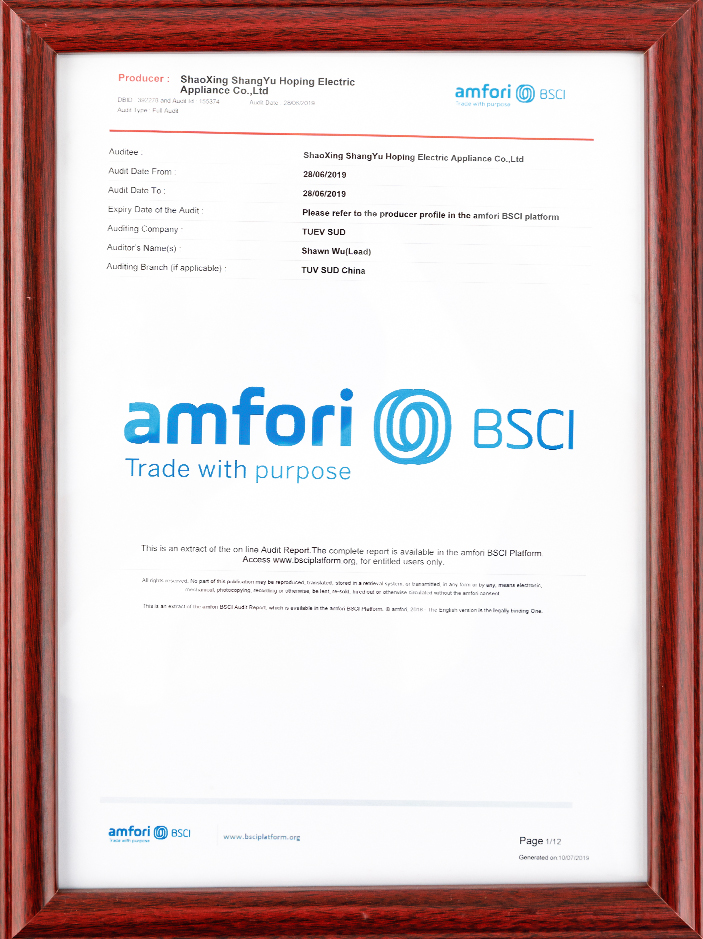
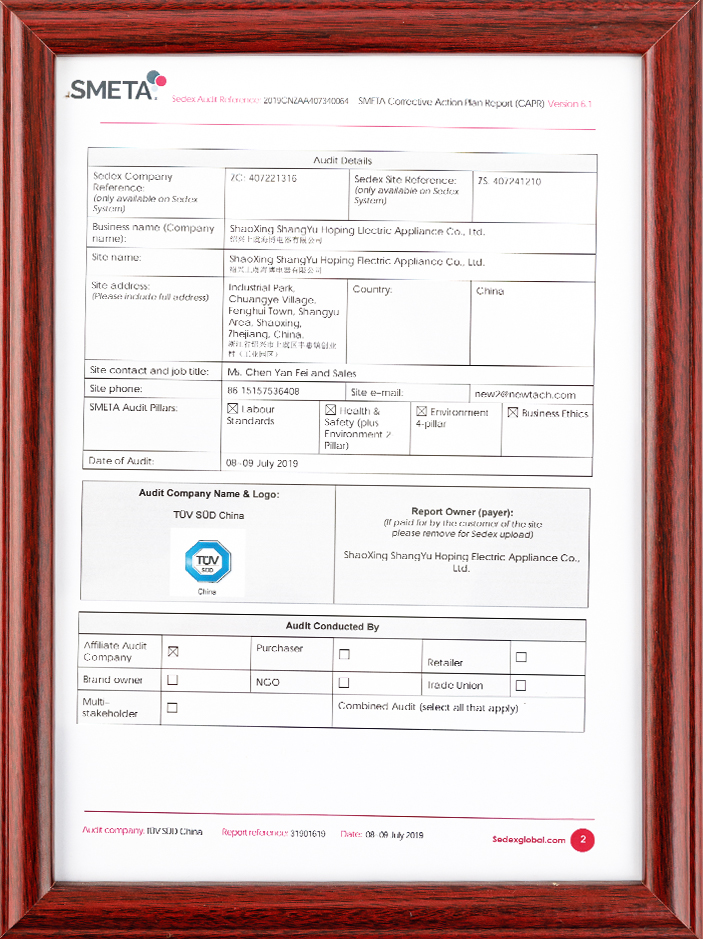
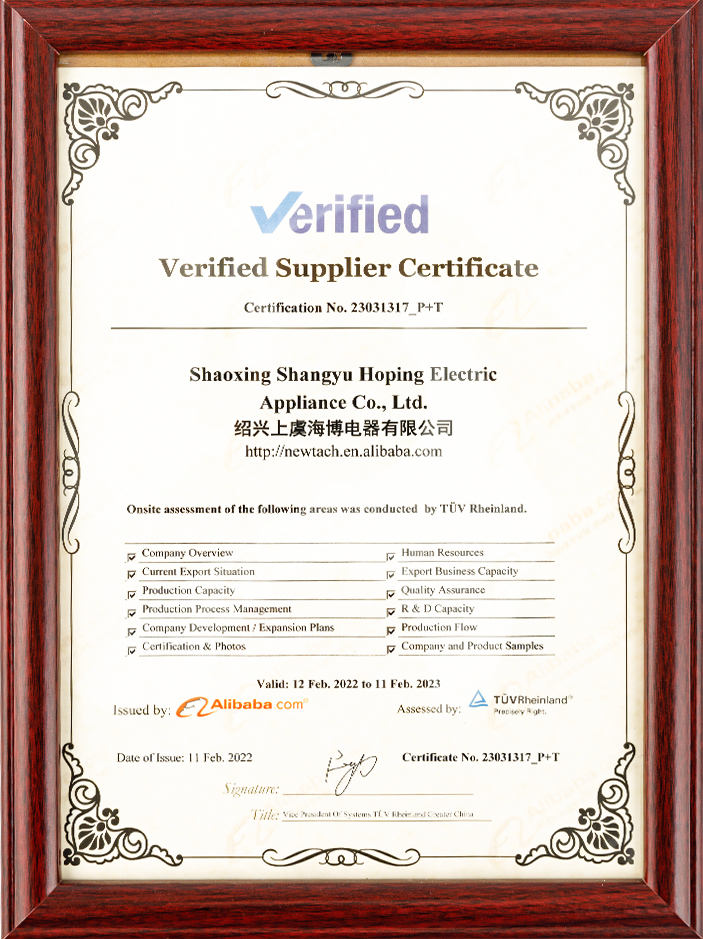
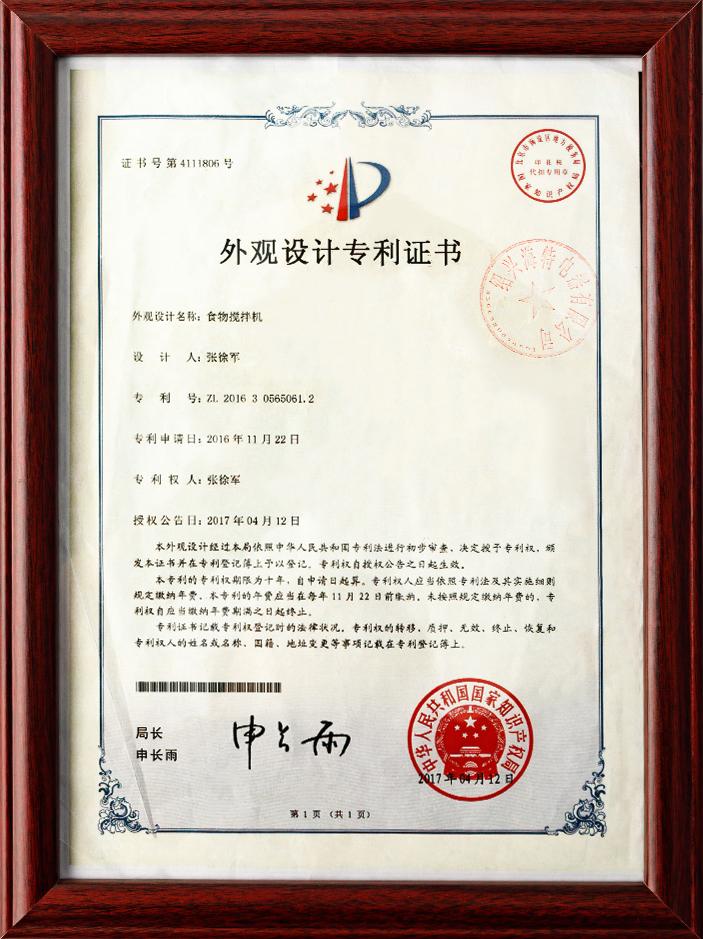
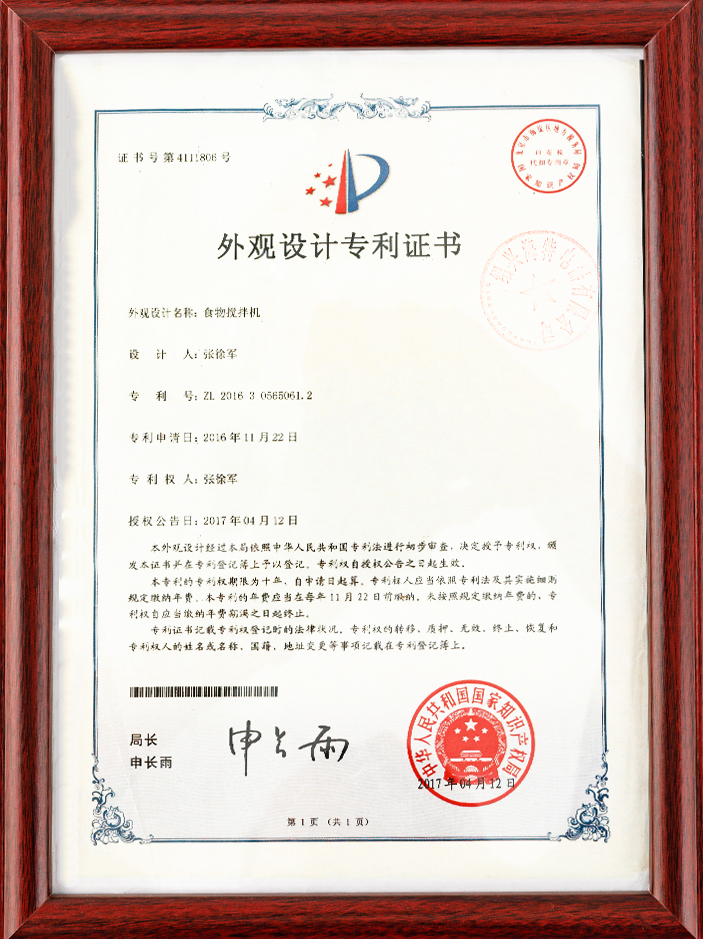
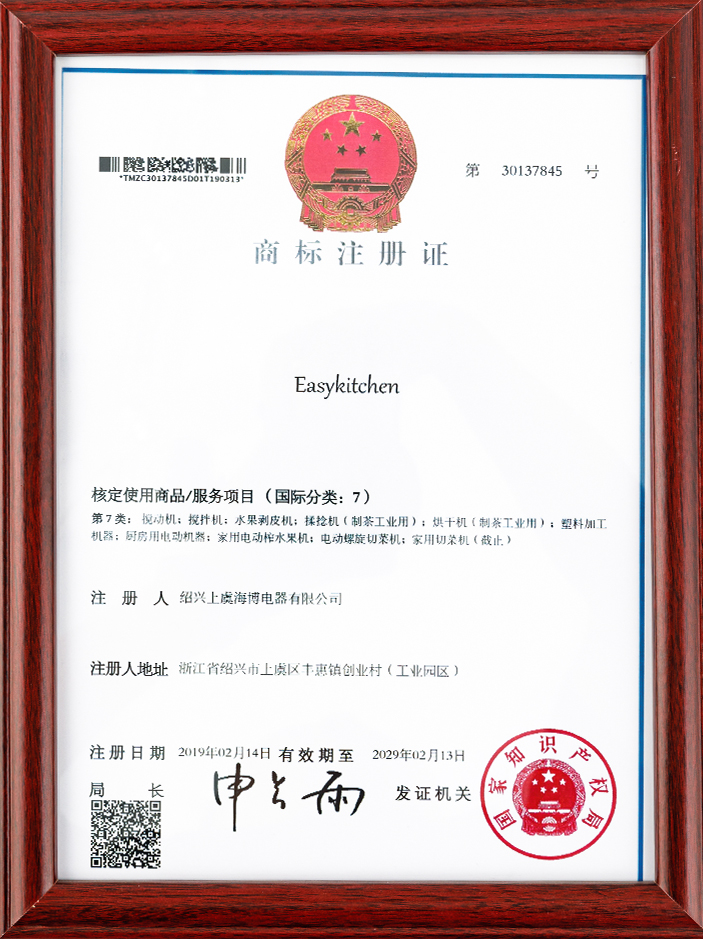
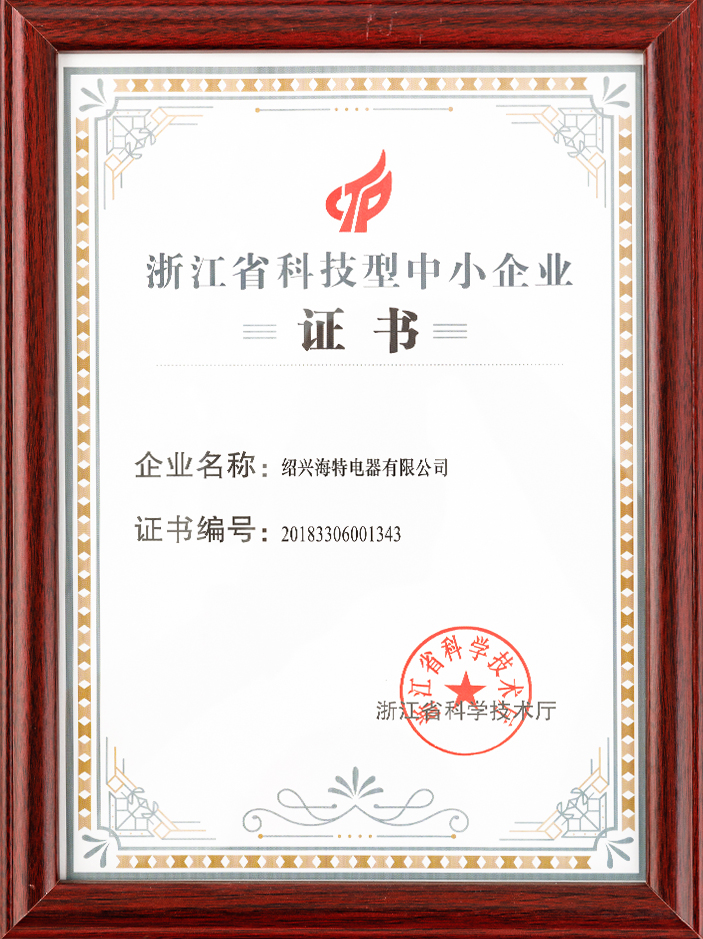
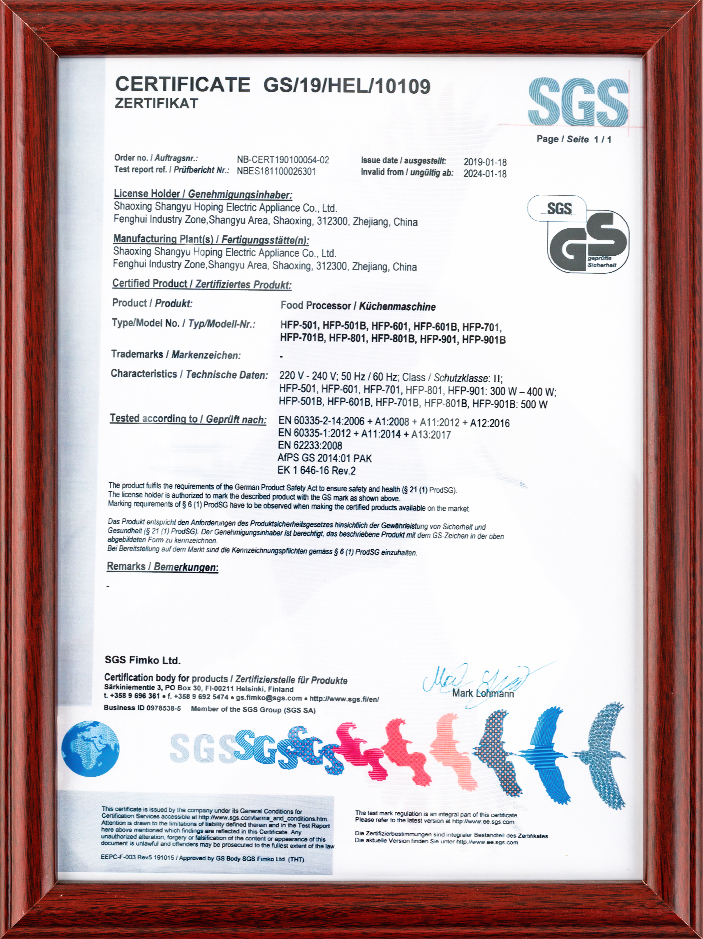





 浙公网安备 33060402001386号
浙公网安备 33060402001386号 